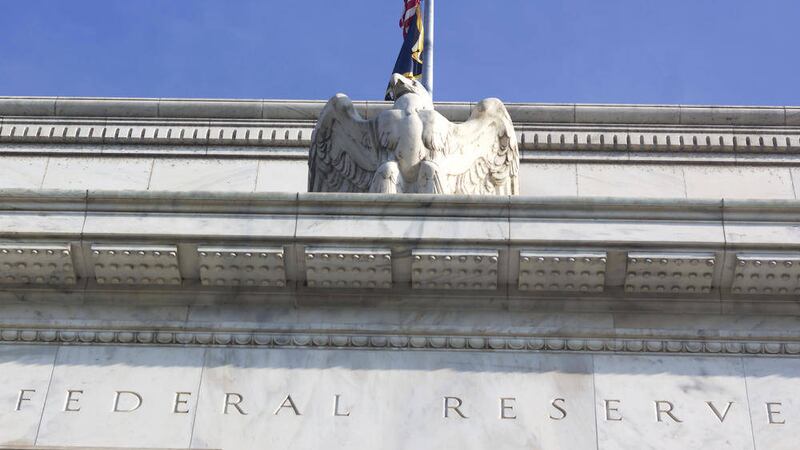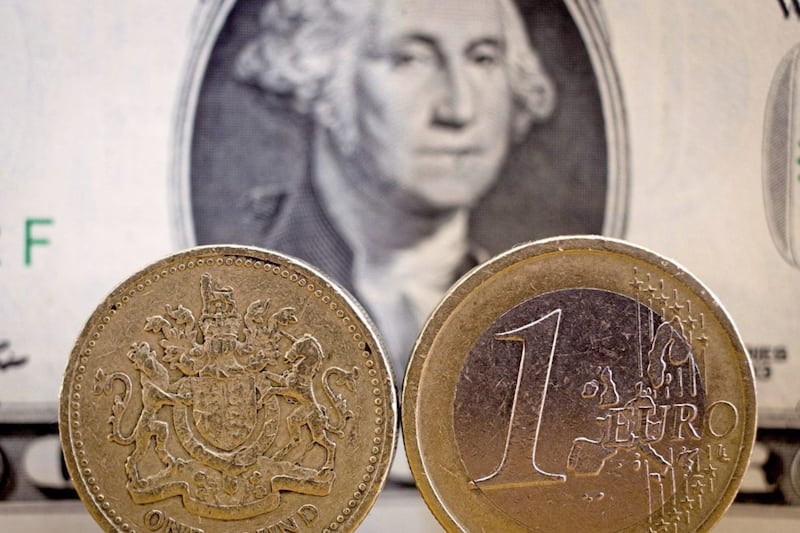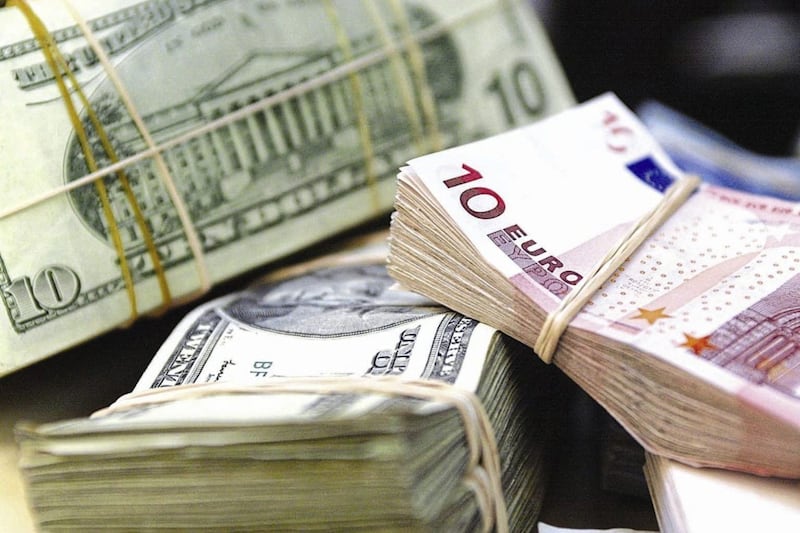WITH the advent of forward guidance by global central banks in recent years, the financial markets have become accustomed to having a large degree of clarity on monetary policy. However, somewhat ironically amid this new world of enhanced central bank communications, markets face into a key development in global monetary policy – the first US rate hike in almost 10 years – with a large degree of uncertainty on the issue. Markets know that the US Federal Reserve is moving towards tightening policy, but what is unknown is when this will start.
Last week’s publication of the July Federal Open Market Committee (FOMC) minutes provided little in the way of clarity on the issue. The minutes eschewed an ambiguous tone on the potential start date for rate hikes. Most of the members “judged that the conditions for policy firming had not yet been achieved, but they noted that conditions were approaching that point”.
However, there is no consensus within the committee on when to start to increase US interest rates. Additionally, external factors, including renewed market turbulence in China and on-going falls in global commodity prices have increased in importance in recent weeks, in the process further complicating FOMC policy deliberations.
Not surprisingly, the financial markets are now increasingly of the view that the Fed will not start to hike rates at next month’s FOMC meeting on September 16/17. With Fed Chair Janet Yellen not due to attend this week’s annual Economic Symposium in Jackson Hole, they may not get any firm steer from the US central bank ahead of the meeting, especially as there appears to be divided views in the FOMC at the present time. The August Employment report will be important but, may not be decisive in the current environment.
In the meantime, this week’s US calendar is broad in its coverage of the economy, thereby providing a useful snapshot of its performance. The durable goods report for July will give an indication on the health of business spending at the start of the third quarter, with the modest pace of growth expected to have continued in July.
Meanwhile, July personal income/consumption data (including core PCE - the Fed’s preferred measure of inflation) will provide an update on the consumer side of the economy which was ‘solid’ in the second quarter of the year. The release of the August Conference Board measure of consumer confidence will give a more timely update on sentiment in this key macro sector.
There are also releases from the housing market, including house price data for June as well as new and pending home sales data for July. Last but not least, the busy data diary includes the second estimate of GDP in the second quarter and economic growth is expected to be revised higher.
For the UK, a quiet data calendar also features an updated estimate of the UK economy’s Q2 performance with the second reading of GDP due. This version includes the first look at the expenditure breakdown of the data. The retail sales numbers from that period suggest that consumer spending remained an important driver of growth. The market consensus is for headline GDP to be left unchanged at 0.7 per cent quarterly growth.








